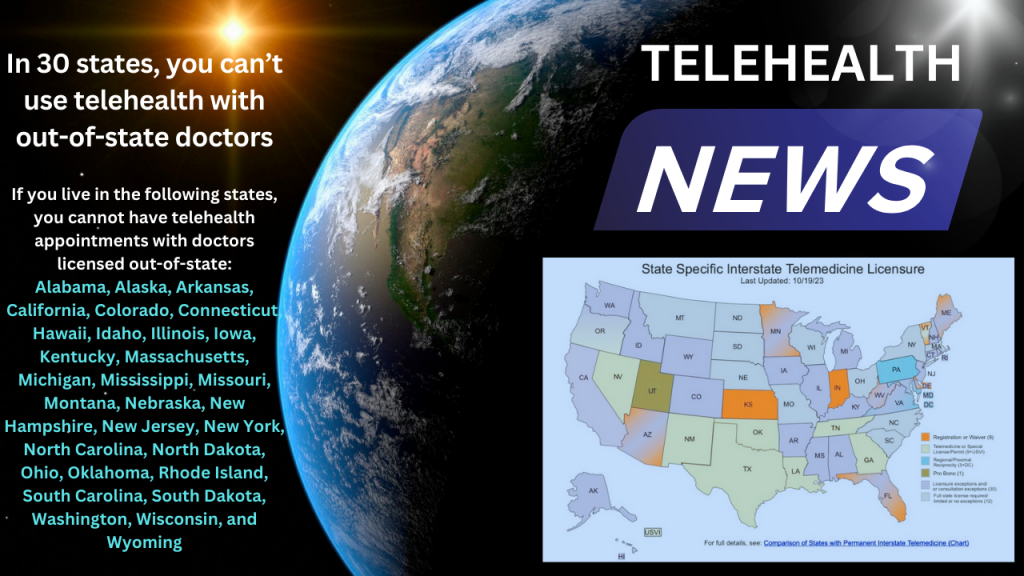
At the height of the COVID-19 pandemic, when all 50 states and the federal government declared public health emergencies, telehealth became a lifeline for Americans. Now, to patients’ dismay, most states have rolled back telehealth access—disrupting care and putting lives at risk.
Telehealth, or telemedicine, allows patients to have virtual appointments with doctors across the country. Before the pandemic, telehealth was strictly regulated everywhere: State laws required doctors to be licensed in the state to practice medicine, even via telehealth. A New Jersey patient couldn’t have a video appointment with a renowned Boston specialist unless that specialist got licensed in New Jersey—an intensive three-month process that requires renewal and continuing education to maintain.
In 2020, that changed overnight: Every state issued a waiver and/or developed expedited telehealth licenses, allowing residents to meet virtually with doctors. By April 2020, over a third of all doctors’ appointments in the country were conducted via
telehealth. Telehealth allowed contagious COVID patients to receive care without leaving their homes. It also meant that for the first time, state borders weren’t a barrier for patients seeking life-saving care from faraway specialists.
“Telemedicine has improved health-care access,” a Washington Post columnist declared in 2022. “Let’s keep it.”
But state legislators and medical boards didn’t keep it: In state after state, starting as early as 2021, legislators and medical boards began rolling back telehealth access, ending waivers and—in most states—reverting to pre-pandemic restrictions.
LEARN MORE -Wall Street Journal
Posted In: Resource Information